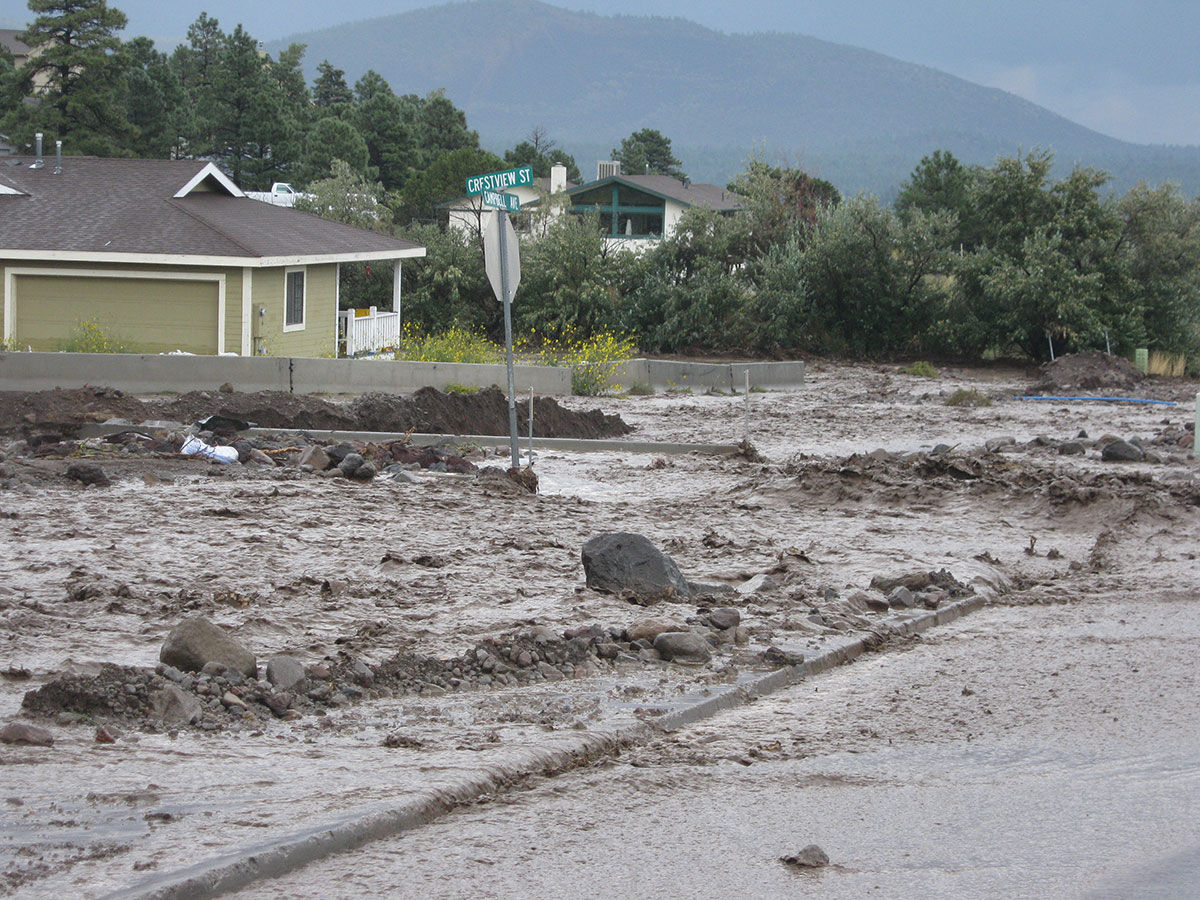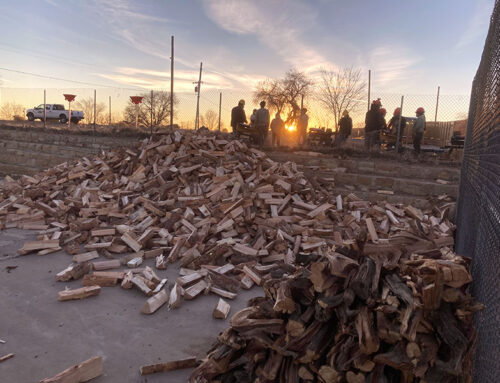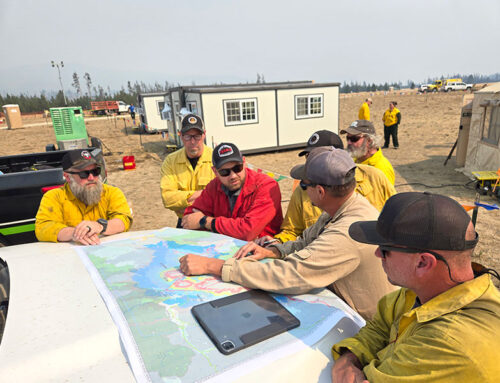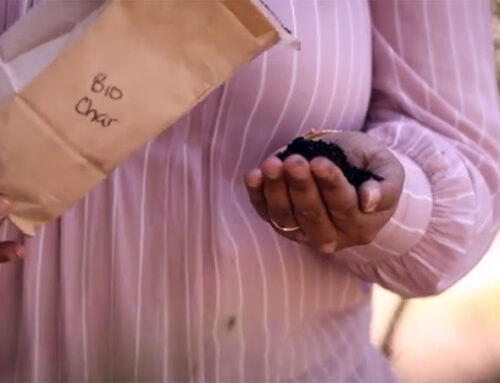On June 20, 2010, the Schultz Fire was ignited by an abandoned campfire and went on to burn 15,075 acres northeast of Flagstaff, Arizona. Following the fire, intense monsoon rains over the burned area produced flooding that resulted in extensive damage. In 2013, the ERI published a full-cost accounting that estimated costs for the first three years following the fire.
Events like the 2010 Schultz Fire and post-fire flooding can have long-lasting effects that often go undocumented. Long-term studies that examine the ongoing costs of a major wildfire are important to understand the true scope and scale of the effects of uncharacteristic wildfire and post-fire flooding. Studies such as this can provide further justification for the importance of proactive forest restoration and fuel reduction treatments to reduce the risk of uncharacteristic wildfire to ecosystems and communities.
Over the past year, the ERI worked with a team of researchers to update the full costs of the 2010 Schultz Fire. In the updated study, we conservatively estimated that the total costs of the 2010 Schultz Fire for the period 2010–2021 was between $95.8 million and $100.7 million in 2021 dollars, including fire response and post-fire flooding response and mitigation, but excluding all losses and gains from assessed property values. This is a 30%–15% increase in the respective range of costs from 2013 — excluding 2013 property values. Highlights can also be found in the associated fact sheet.
This research was highlighted in the Arizona Daily Sun and has been shared widely, indicating the importance of studies that track the full costs of major wildfires and post-wildfire flooding. These issues will continue to be especially relevant in the Flagstaff area following recent flooding from the Museum Fire burn scar. The ERI also produced a white paper on local experiences with the 2019 Museum Fire near Flagstaff and will be working to update findings following the flooding in the summer of 2021.




